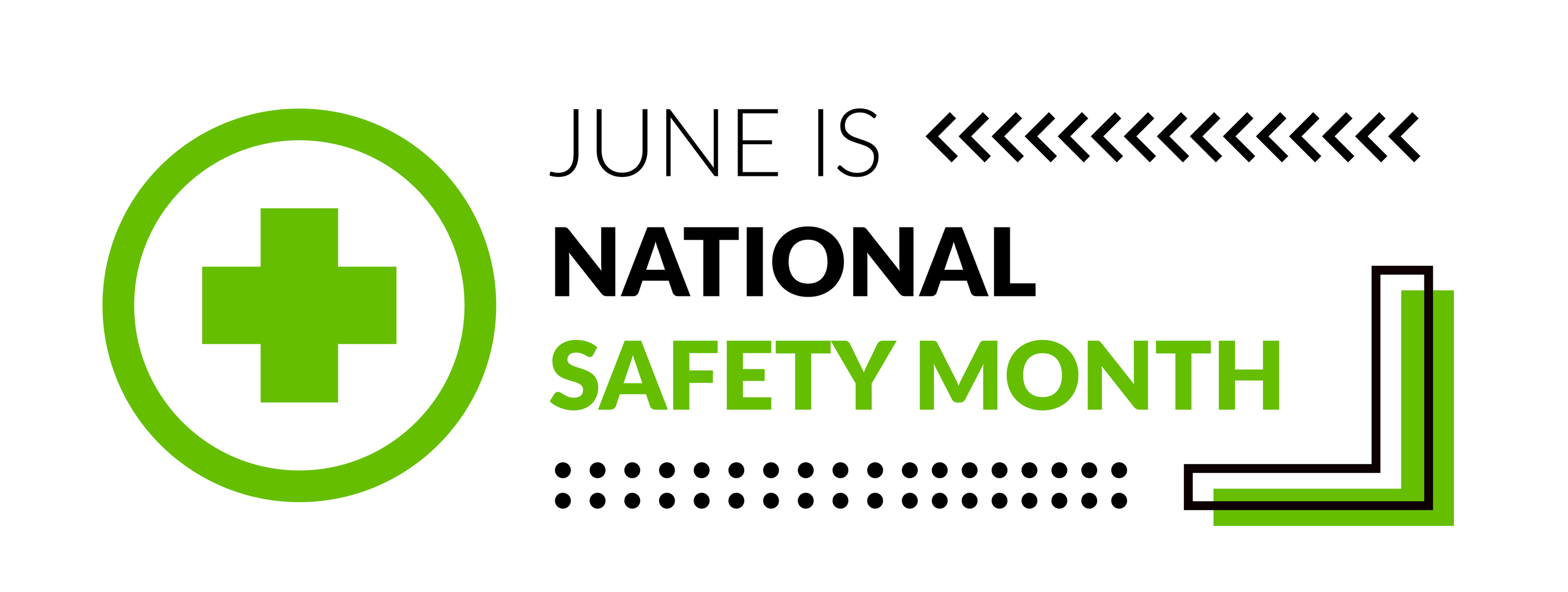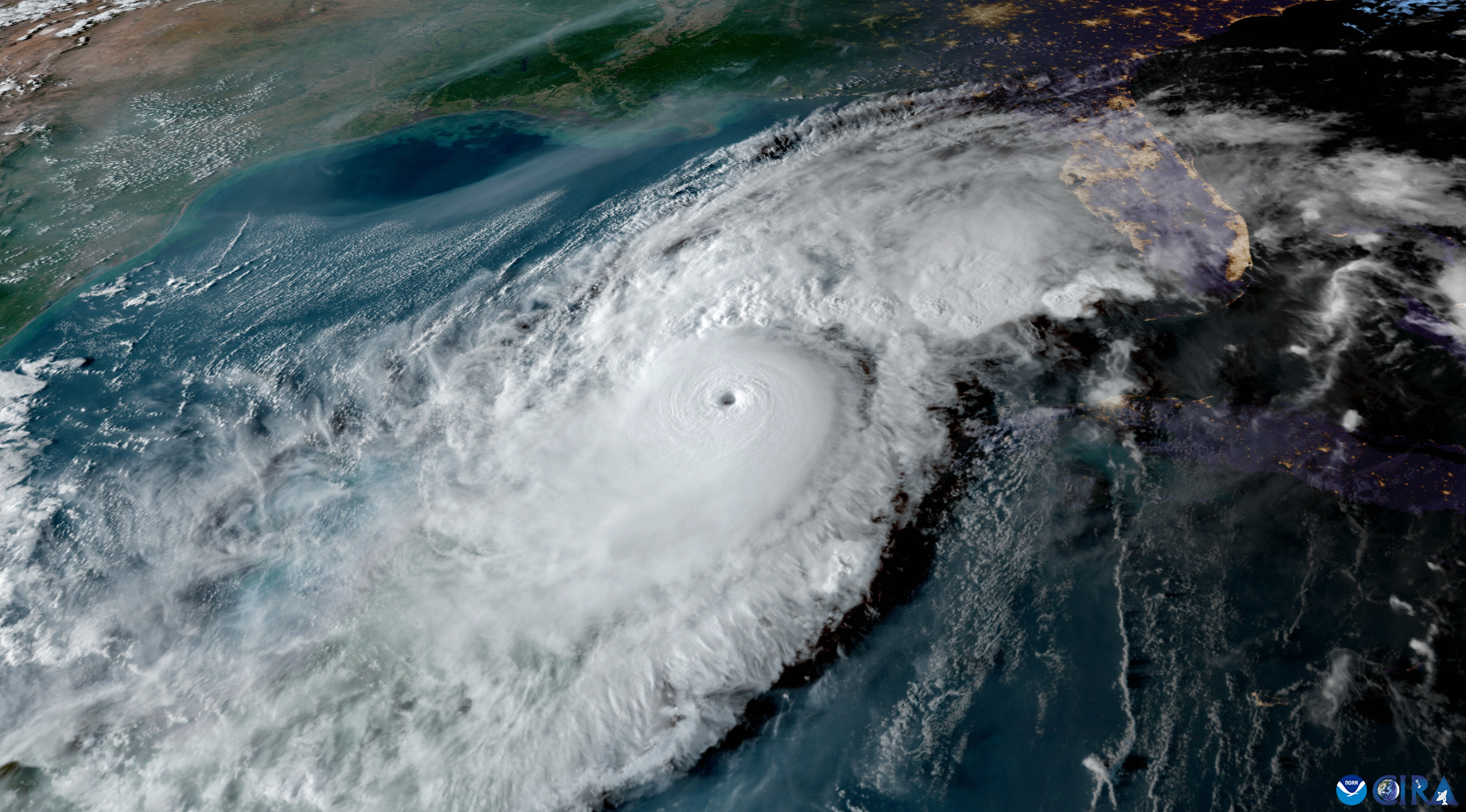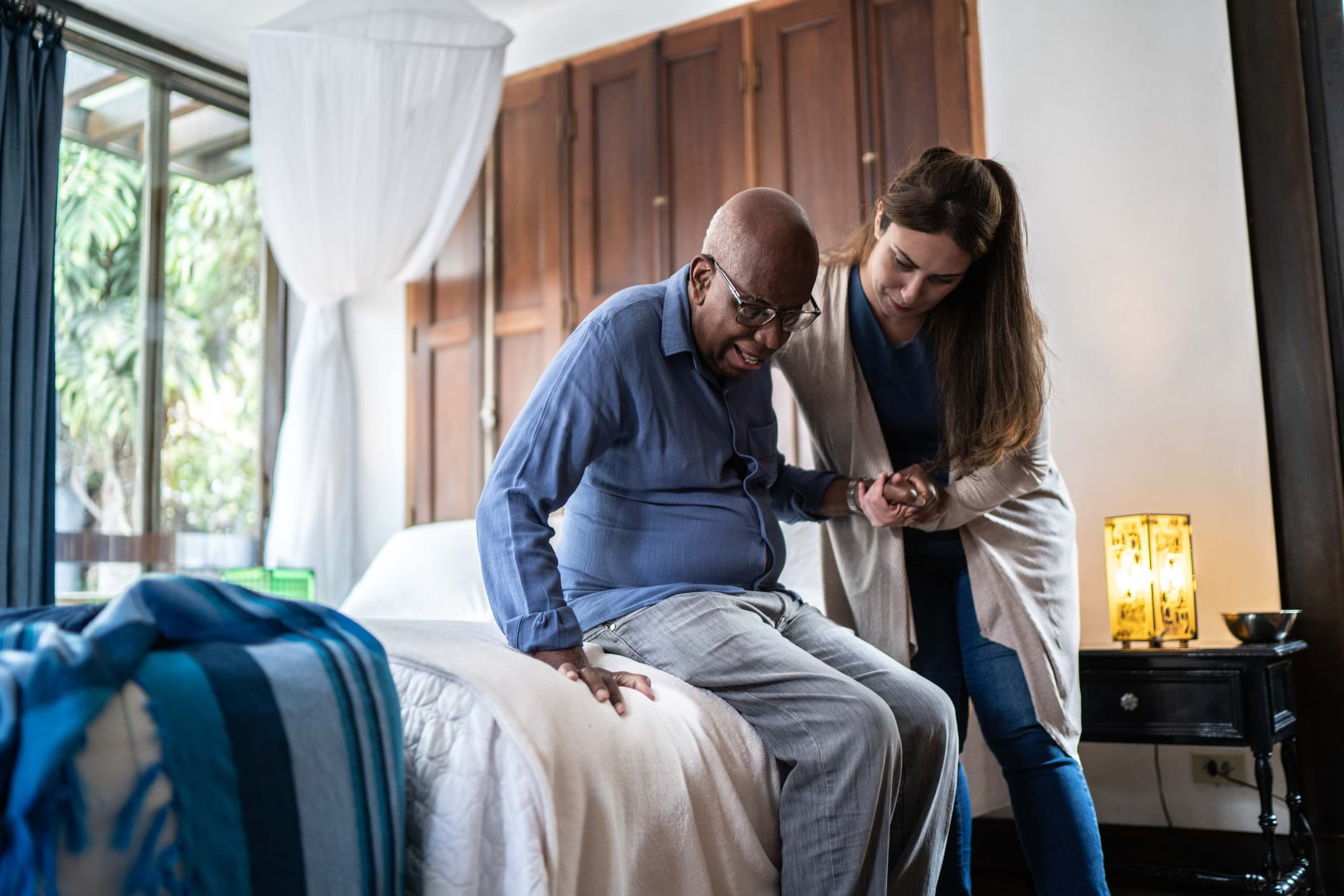Although most construction leaders and workers make job-site safety a top priority, approximately 150,000 construction-related accidents still occur each year, according to the Board of Labor Statistics. That’s more than 400 accidents a day.
A comprehensive risk management strategy is critical to maximize safety and minimize loss during the construction process. Formal safety programs, in-house training programs and on-site observation help to ensure that each construction project meets the highest standards of safety at all times. But we’ll never be able to fully control the external factors – from weather to drunk drivers – that could cause a workplace safety incident. As a result, it’s critical that construction companies also have a plan for responding to a crisis on-site.
Although that plan will be specific to each company, there are a few elements that should always be considered:
- Have a clear chain of command. Establish the order in which company leadership is notified. For example, you might direct the foreman to call the project manager, and then turn his attention back to employees on-site. The project manager should then connect with company leadership and project ownership, as well as the company’s legal, HR and communications departments in a pre-determined order. This will ensure that key leaders are alerted as soon as possible and can begin working on comprehensive response.
- Plan what and how to communicate with employees. Employees across the organization should be notified as clearly and quickly as possible. After an accident affecting colleagues, employees will need information about the incident and an immediate assurance of safety, including whether that job site will be temporarily closed or how the danger on-site will be addressed. They will also need information about when and how work will be interrupted across the company, if at all; and appropriate updates as new details emerge. If the accident results in serious injury or fatality, your company should have a plan for notifying family members in-person, providing medical services, and offering counseling to employees. Above all, ensure that communication after the accident is compassionate, clear and helpful.
- Understand what your insurance broker can do to support you in an emergency. Ideally, your insurance broker specializes in the construction industry, and will be intimately familiar with construction risk management. At the Graham Company, for example, we have an emergency hotline for exactly these situations. Day or night, your broker is there to manage the crisis, handle any liability issues and deploy claims management resources that may be required. Your crisis plan should indicate exactly what your insurance broker will be handling after the job site or auto accident, as they should provide on-site claims management support for claims that require it, attorneys and even investigators if needed. Our clients know that Graham will immediately deploy first response attorneys to the scene of a workplace accident. Depending on the claim circumstances, we may also dispatch an accident investigation specialist who will work side by side with the attorney, on behalf of our client. With this approach, any negligence by the client would be considered attorney-client privilege. Knowing your insurance broker’s support system in advance will result in a more effective approach to a tragic accident and ultimately a better claim results.
- Notify OSHA, and be ready for an investigation. Employers have eight hours to notify OSHA of a work-related fatality, and 24 hours to disclose an employee hospitalization, amputation or loss of an eye. Once OSHA is alerted, someone will come to inspect the job site and likely interview employees on-site, in the office and at other job sites. You may want to have an attorney present for these conversations, and ensure employees are prepared to answer questions.
- Plan an independent accident investigation. In most situations, an accident investigation should be conducted by designated team members or a pre-determined outside party. This investigation will work to identify exactly what happened and why, providing critical information to prevent an incident in the future. These details are often required for legal and insurance purposes.
- Circulate your news media protocol. Significant accidents will draw the attention of the news media, and it’s important that all media interaction be guided by your communications team to ensure the information provided is accurate and consistent. If it’s part of your policy, employees should be reminded to forward all media inquiries to the director of communications or an on-site designated spokesperson.
Confusion can make a “worst case scenario” even worse, compounding the effects of the initial crisis. With a clear strategy in place, construction companies can be confident in both their daily safety protocols and their responsibilities following an accident that hopefully never happens.





EB.jpg)


